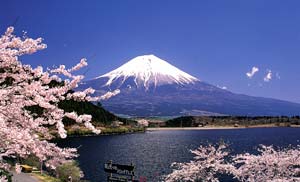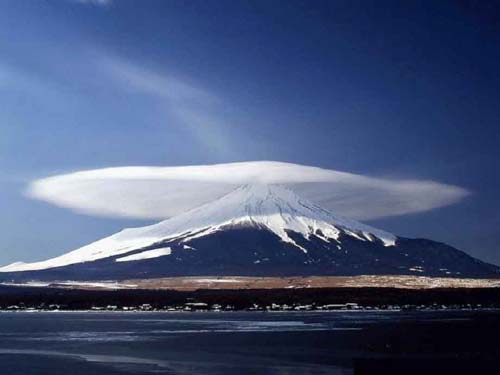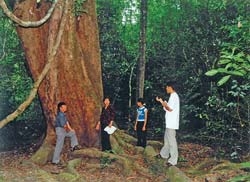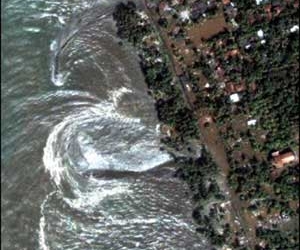Japan is a country with many volcanoes, and Mount Fuji is one of the most famous volcanoes, located on Honshu Island, 80 km southeast of the capital Tokyo, overlooking the rolling waves of the Pacific Ocean. At an elevation of 3,776 meters, it is the tallest mountain in Japan.
 |
|
(Photo: earth.geol) |
Mount Fuji is a stratovolcano with a circular summit. At the peak, there is a crater lake with a diameter of 800 meters and a depth of 200 meters, which is the remnant of the volcano’s caldera. From 781 to 1707, the volcano erupted 18 times. It remains active today, with steam vents still visible at the summit. Due to the presence of these vents, there are many caves at the base of the mountain, featuring various stunning formations that attract many tourists. When Mount Fuji erupts, lava melts the cooled rock, clearing blocked paths, and then erupts outward, flowing over the surrounding area. As it cools, it solidifies, forming beautiful round-topped hills. In the language of the Ainu people, Fuji means “volcano.”
The summit of Mount Fuji is covered in snow year-round, forming a snowy cap. Below the snowline, a brown slope stretches for 20 km, formed by lava and volcanic ash. Descending from there, you will find a distribution of coniferous forests, temperate broadleaf forests, and subtropical evergreen forests. There are over 2,000 species of plants in the area. The Five Lakes of Fuji at the northern foot, the Silver Falls at the southern foot, and the city of Fuji with its hunting park are all popular tourist destinations.
The people of Japan regard Mount Fuji as a “sacred mountain,” and it has long been considered a symbol of Japan.

(Photo: histarmar)





















































